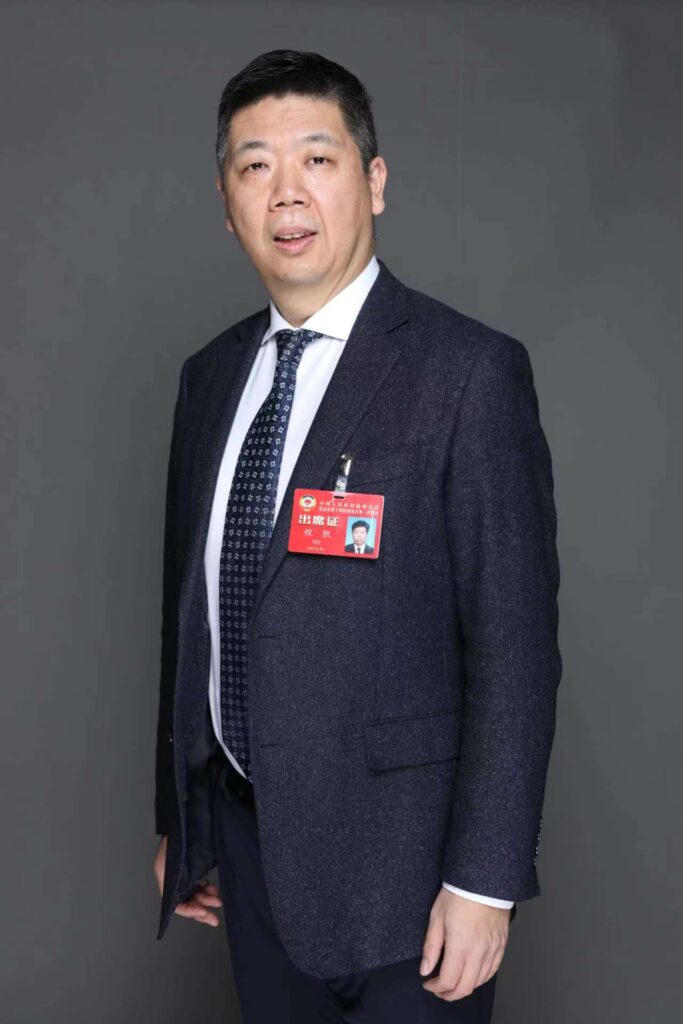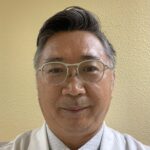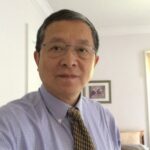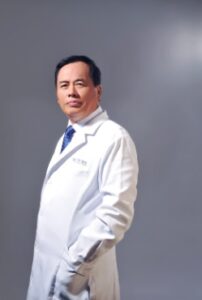Binjiang Wu

Binjiang Wu
Abstract:
Prof. Zhang Jin, the representative inheritor of “TCM Acupuncture ” in the
UNESCO Representative List of Human Intangible Cultural Heritage and the
representative inheritor of China’s national intangible cultural heritage acupuncture
and moxibustion project, defines Acupuncture manipulation technique as: It is the
technique of raising the meridian Qi in the acupoints, regulating the nature of
meridian Qi ( acupuncture sensation ) ( replenishing heat/cooling down), and
controlling the direction of conduction of meridian Qi (flying meridian and moving
Qi). Acupuncture manipulation technique is the science and art on the tip of the
Acupuncture needle.
Prof. Zhang Jin is the first drafter of the two projects of Chinese Acupuncture
Technical Operation Specifications, namely the National Standard: Basic Filiform
Needle Acupuncture and Filiform Needle Acupuncture Manipulation, and is the leader
of the contemporary school of Acupuncture manipulation technique . Acupuncture
manipulation technique is a “sacred art”. There is no one more qualified than Prof.
Zhang Jin at home or abroad who can truly master this skill, the profound theoretical
research, and the skill of using acupuncture to get cold and heat to control the
meridian Qi. Clinically, many years of experienced TCM acupuncturists have managed to
generate “hot” or “cold” experiences by needling patients, but this kind of
accidental occurance is difficult to repeat. Prof. Zhang Jin’s great contribution lies
fifty years of skill cultivation. he has researched and summed up the regularity of
Acupuncture manipulations technique , turning “accidental” into “reproducible”,
becoming the founder of the unique Zhang Jin acupuncture manipulation technique
school and a generation of acupuncture manipulations technique Grandmaster.
Keywords:
Zhang Jin, Acupuncture manipulation technique, School inheritance,
science and Art




